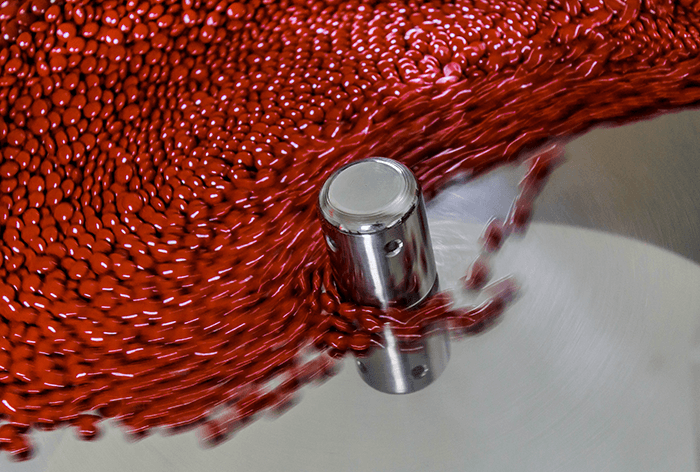Goal
Demonstrate quantitative impurity analysis with the Thermo Scientific™ ISQ™ EC™ single quadrupole mass spectrometer and show its benefit for pharmaceutical development and quality control.
Introduction
Impurity analysis of produced chemicals is essential for small molecule pharmaceutical development or quality control. According to guidelines from the International Council for Harmonisation of Technical Requirements for Pharmaceuticals for Human Use (ICH), all side products above a certain threshold need to be first characterized and later monitored. Identification and qualification thresholds depend on the daily dose and range between 0.1% and 1.0%.1 Analysis is often done by an array of different detection methods. In quality control, UV-based detection is still the standard, but MS detection is gaining acceptance because of its clear advantages. Besides its lower detection limit, it also allows immediate analyte identification based on its respective mass and straightforward peak purity analysis based on its mass spectrum. UV-based identification, on the other hand, is often ambiguous since analyte identities are inferred based on their retention time and UV absorption.



